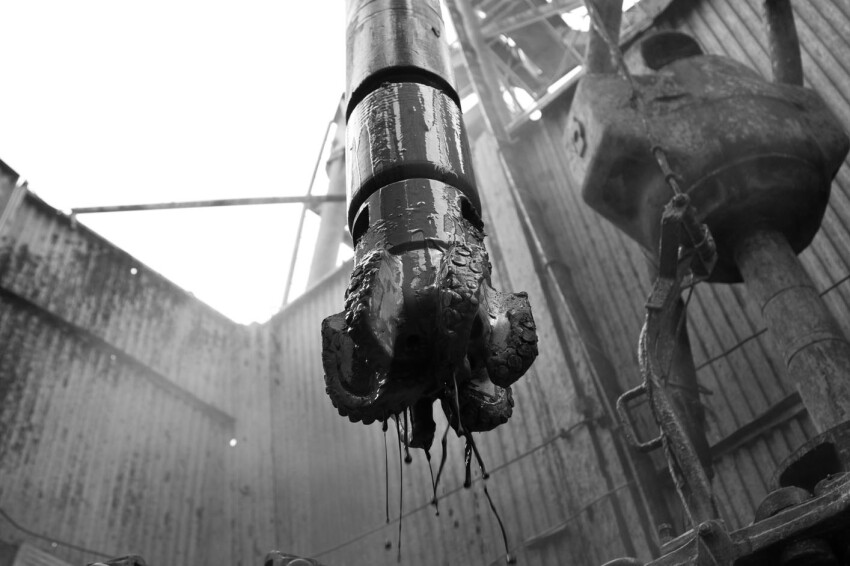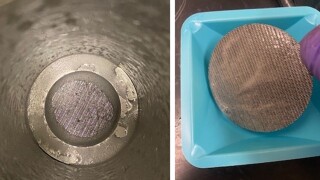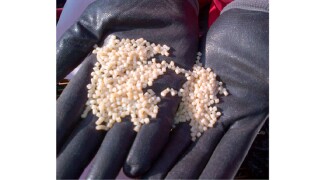Drilling/completion fluids
This research aims to develop a fluid-advisory system that provides recommendations for optimal amounts of chemical additives needed to maintain desired fluid properties in various drilling-fluid systems.
This paper describes development of a high-temperature water-based reservoir drill-in fluid using a novel synthetic polymer and customized with optimal chemical concentrations and sized calcium carbonate.
In this case study, a geomechanics-based approach was used to create bridging and sealing at the fracture aperture using a biparticle self-degradable lost-circulation-fluid system.
-
Always recorded but almost never used, the water hammer signal could offer completions engineers another set of insightful data if petroleum engineers can crack its code.
-
For nanotechnology-based drilling fluids, acceptance means proving they can outperform other drilling fluids. Initial results have been encouraging enough to move toward commercialization.
-
With shrinking budgets and limited resources, partnerships and collaboration are considered the best options. It is no secret that universities and industry have a special platform to work hand-in-hand.
-
The wireline formation tester (WFT) is a well-developed technology used to collect representative downhole fluid samples. The authors introduce a simple but effective method for monitoring WFT sampling when targeting the low levels of contamination needed for asphaltene-onset-pressure analysis.
-
This work focuses on the laboratory techniques for developing, assessing, and analyzing innovative water-based drilling fluids containing iron oxide (Fe2O3) and silica (SiO2) nanoparticles.
-
At certain conditions, the good performance of synthetic-based mud (SBM) will degrade, particularly because of the effect of chemical instability under high temperature. Silicon dioxide (SiO2) nanopowder (nanosilica) holds the potential for performance improvement.
-
A long-time energy industry executive and chemical engineer has built a new water treatment system that he says can increase recovery rates from shale wells without using chemicals and will recycle all the water used in the process.
-
A challenge in many permeable, water-sensitive, subhydrostatic reservoirs is avoiding the loss of completion fluid when completing or working over wells.
-
The inventor of a new water-based drilling fluid believes the chemical process involved with his technology opens up natural fractures as drilling takes place to increase production in shale formations.
-
Despite hostile wellbore conditions, an operations team overcame challenges of drilling-fluid design and management to drill the first ultrahigh-pressure/high-temperature (HP/HT), deep-gas well offshore Malay Peninsula.













